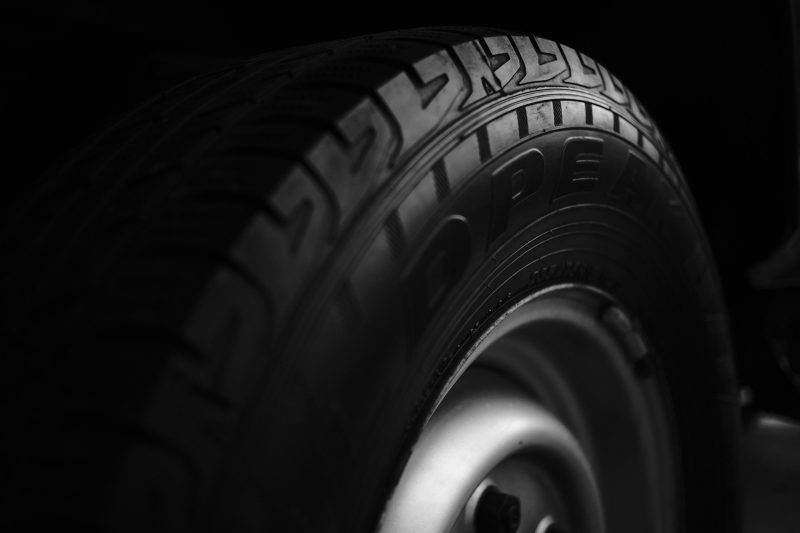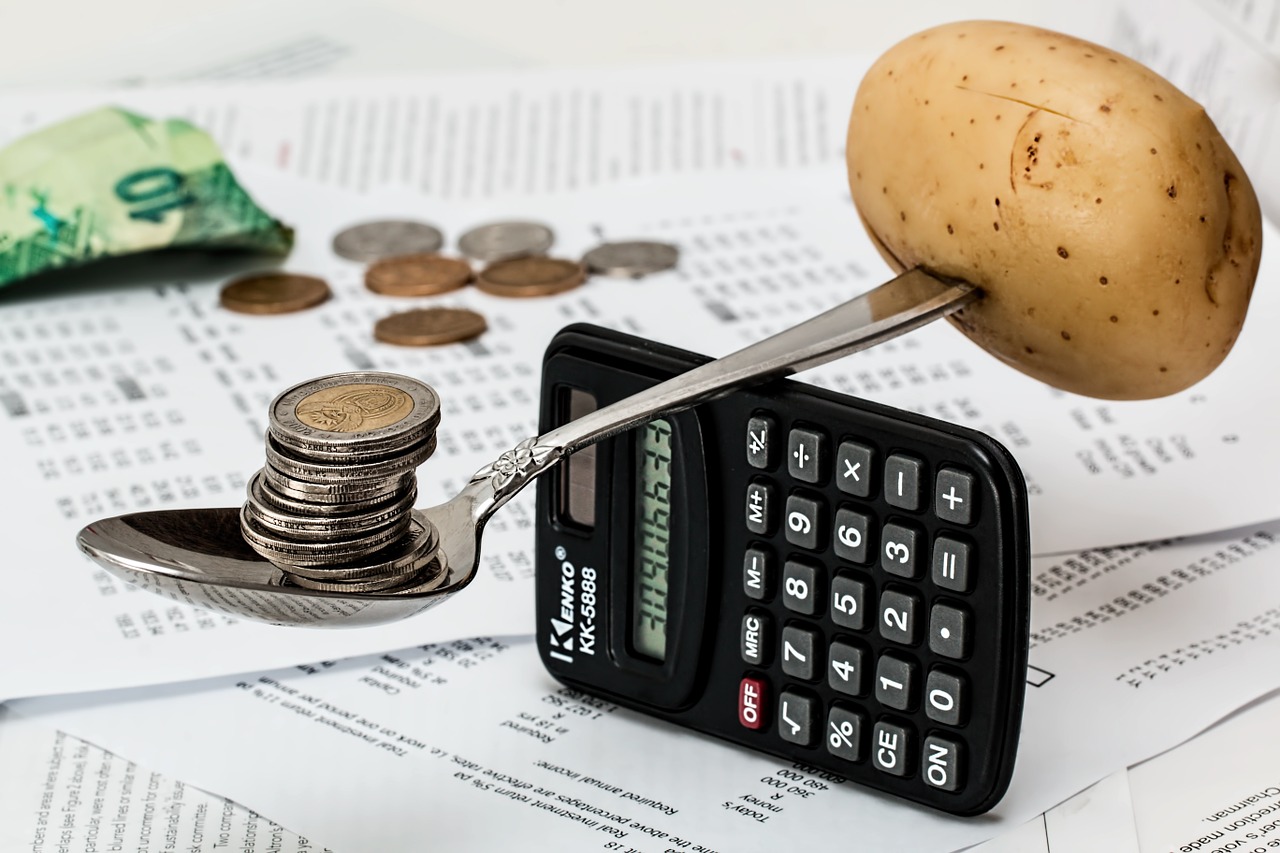Last Updated on: 27th November 2023, 08:50 pm
In this informative piece, we delve into the world of tires, a critical component of any vehicle that often doesn’t get the attention it deserves. Tires are the sole point of contact between your car and the road, and their condition can greatly influence your driving experience, safety, and vehicle performance.
We’ll explore some of the most common tire-related problems that drivers encounter, from wear and tear to punctures and pressure issues. More importantly, we provide practical and easy-to-follow solutions to these problems. Whether you’re a seasoned driver or a newbie behind the wheel, this article with professional advice from Ward Tires will equip you with the knowledge to identify, understand, and resolve tire issues, ensuring a smoother and safer journey on the road. So, let’s get rolling and dive into the world of tire troubleshooting!
Uneven Tire Wear: Causes and Solutions
Uneven tire wear is a common issue that many drivers experience, and it can lead to various problems such as decreased traction and poor handling. There are several causes of uneven tire wear, with improper alignment being one of the most common culprits. When your tires are not aligned correctly, they can be subjected to excessive pressure on certain areas, causing uneven wear patterns.
Another cause of uneven tire wear is underinflation or overinflation of tires. When your tires have insufficient air pressure or too much air pressure, it can lead to abnormal tread wear patterns. Additionally, worn-out suspension components or faulty shock absorbers can also contribute to uneven tire wear.
To solve the problem of uneven tire wear, it’s essential to address its underlying causes. Regular wheel alignments should be performed to ensure proper alignment and distribution of weight across all four tires. Checking and maintaining correct tire inflation levels according to the manufacturer’s recommendations is also crucial in preventing irregular treadwear.
Replacing worn-out suspension components or damaged shocks will help restore balance and maintain even contact between the road surface and your tires- reducing the likelihood of uneven treadwear issues occurring in the future.
Tire Pressure Problems: How to Identify and Fix Them
Tire pressure problems can lead to a variety of issues, including poor fuel efficiency, reduced traction, and an increased risk of blowouts. To prevent these problems, it is important to regularly check and maintain the proper tire pressure. Signs of incorrect tire pressure include uneven tread wear, increased braking distance, and a rough ride quality. If you suspect tire pressure issues, using a reliable gauge to measure the PSI (pounds per square inch) is crucial in order to accurately diagnose the problem.
Once you have identified that your tires are underinflated or overinflated, taking appropriate action can help resolve the issue. If the tire’s air pressure is too low, add air until it reaches the recommended PSI level specified by your vehicle manufacturer or in your owner’s manual. On the other hand, if your tires are overinflated exceeding the recommended limit indicated by the manufacturer or owner’s manual), carefully release air until reaching the correct inflation level. Regularly monitoring and maintaining proper tire pressures not only ensures safety but also extends their lifespan and improves overall driving performance.
In conclusion, understanding how to identify and fix tire pressure problems is essential for safe driving conditions and optimal vehicle performance. Regularly measuring tire pressures with an accurate gauge will enable timely identification of any deviations from recommended levels. Promptly adjusting inflation levels as needed helps mitigate potential risks associated with both underinflation and overinflation while increasing fuel efficiency and prolonging your tires’ lifespan overall.
Tire Damage: Types and Repair Options
Tire damage can occur in several forms, each requiring its unique repair option. A common type is punctures caused by nails or sharp objects on the road. These small holes can often be fixed with a patch or plug to seal the damaged area and prevent air leakage. However, more severe cases such as sidewall damage or large cuts may necessitate tire replacement due to safety concerns.
Additionally, tires can experience bulges or blisters on their surface, known as bubbled tires. This typically occurs when there is internal damage caused by hitting curbs or potholes at high speeds. It is crucial not to ignore these issues as they pose a significant risk of sudden blowouts. Replacing the affected tire promptly is usually the only viable solution for this kind of problem.
To maintain optimal performance and extend their lifespan, regular inspection and maintenance are key factors when dealing with tire troubleshooting. Knowing how to identify different types of damages and understanding suitable repair options will help ensure safe driving conditions while reducing unnecessary expenses associated with premature tire replacements.
Tire Noise: Understanding and Eliminating Unwanted Sounds
Tire noise is a common issue that many drivers experience, and understanding the causes of unwanted sounds can help in effectively eliminating them. Various factors contribute to tire noise, including tread pattern design, road surface conditions, and air pressure. Tread patterns with larger grooves or aggressive designs tend to produce more noise as they interact with the road surface. Additionally, worn-out tires or uneven wear can also result in increased noise levels.
To eliminate unwanted tire noises, there are several steps you can take. First and foremost, maintaining proper air pressure is essential as overinflated or underinflated tires often cause increased vibrations and subsequent noise. Regularly rotating your tires ensures even wear across all four wheels, reducing excessive noise caused by uneven tread patterns. Moreover, replacing your old worn-out tires with new ones leads to reduced rolling resistance and overall quieter operation.
In conclusion, tire noise is a common problem faced by drivers but can be addressed through careful troubleshooting measures. Understanding the contributing factors such as tread pattern design and wear allows for effective elimination of unwanted sounds. By ensuring proper air pressure, regular rotations, and timely replacements of damaged or worn-out tires one can maximize driving comfort while minimizing tire-related disturbances on the roadways.









